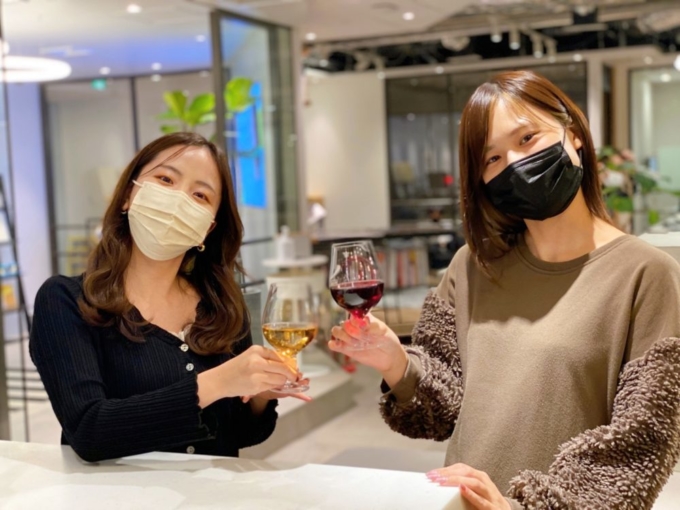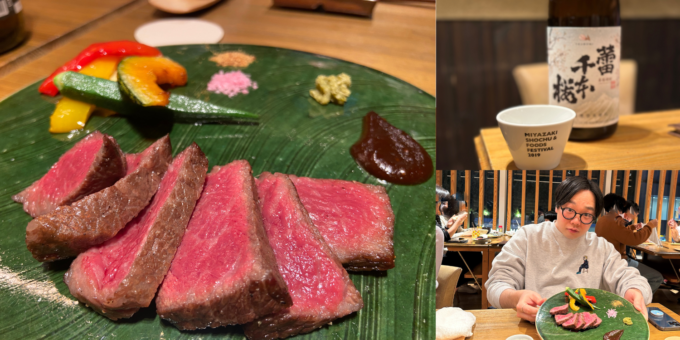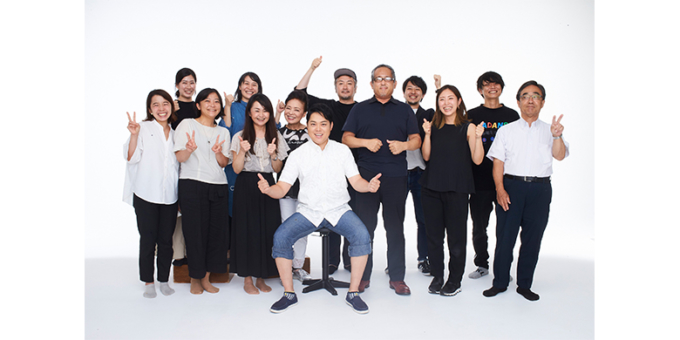“Beaujolais Nouveau” is not the only new wine! The PR for Local Governments deliver the Appeal of “Yamanashi Nouveau” from “Wine Prefecture”, through wine tasting events for the Media
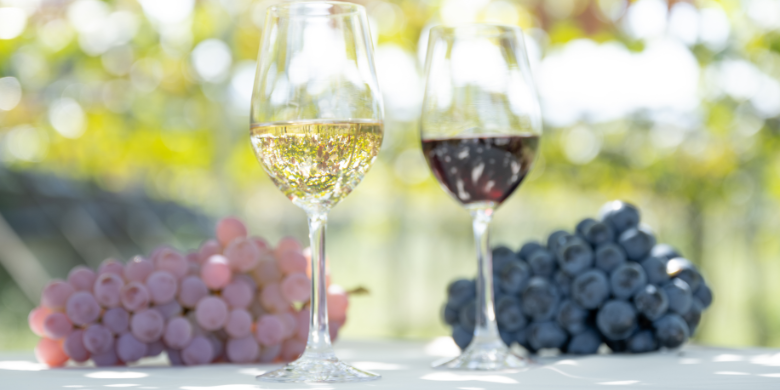
Hello! I’m Takahashi, a member of the PR Division 3, Sports Department, who is getting used to the hybrid schedule of telework and office work.
It’s now the middle of November, and the weather is getting chilly.
Speaking of chilly weather, what kind of alcoholic beverages do you think fits perfectly with the season now? That’s right! WINE!
The french “Beaujolais Nouveau,” which is widely recognized and talked about in the media every year, was released on November 18.
In fact, did you know that Yamanashi Prefecture, the pride of Japan’s wine-growing region, also has a “Yamanashi Nouveau” that is released on November 3 every year?
Yamanashi Prefecture, the birthplace of Japanese wine and the largest producer and number of wineries in Japan, declared itself a “Wine Prefecture” on August 7, 2019, and is conducting various activities to promote the diversity of Yamanashi wines and the unique way to enjoy them.
Division 3 Sports Department is now in charge of promoting the “Wine Prefecture Yamanashi”.
Yamanashi Prefecture, the birthplace of Japanese wine and the largest producer and number of wineries in Japan, declared itself a “Wine Prefecture” on August 7, 2019, and is conducting various activities to promote the diversity of Yamanashi wines and the unique way to enjoy them.
We are now in charge of promoting the “Wine Prefecture Yamanashi”.
Yamanashi Prefecture has focused on the cultivation of “Koshu” (white wine) and “Muscat Bailey A” (red wine), both varieties indigenous to Japan that are highly acclaimed around the world, and has been perfecting its wines since the beginning. The term “Yamanashi Nouveau” refers to new wine made from these two varieties.
We recently held a tasting event for the media at our office to introduce the appeal of “Yamanashi Nouveau” to people in the Tokyo metropolitan area. (The event was held under strict infection control measures.)
<What is a media tasting event?>
By providing an opportunity to experience and report on the taste and appearance of the product before it goes on sale, as well as a chance to talk directly with the client’s representatives, we aim to gain a deeper understanding of the product and increase exposure. In many cases, the representative or the person in charge of the product will greet the client, explain the menu, and talk about the details of the product before the tasting. Attracting influencers is also effective, as information about food goes hand in hand with Instagram.

Even “Yamanashi Nouveau” made from the same “Koshu” grape and “Muscat Bailey A” grape has a different taste, color, and aroma depending on the grape growing region, production, and brewing methods. A total of six types of wine was served on the day, including two red and two white “Yamanashi Nouveau” wines and one red and one white regular “Yamanashi Wine” wine for comparison.
Everyone tasted the wines as Ken Hasebe, a native of Yamanashi Prefecture and a board member of the Japan Sommelier Association, explained the wines.

A lineup of “Yamanashi Nouveau” wines for 2021. This is just a small part of the list.
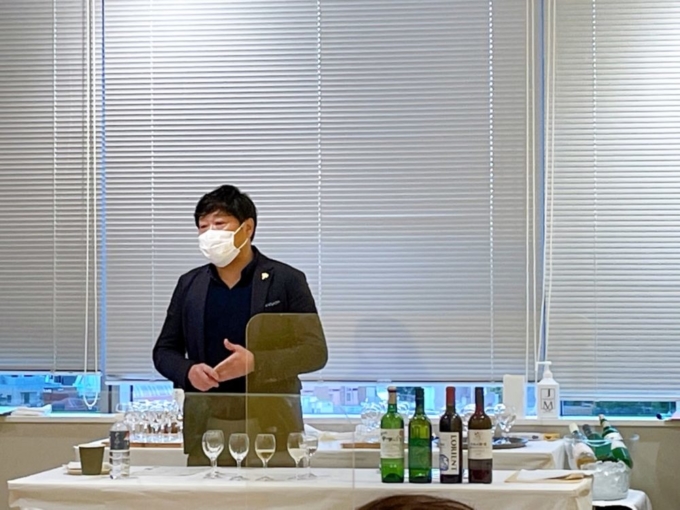
Ken Hasebe’s commentary was easy to understand and well received.
We received many positive comments from the attendees, such as “I felt the diversity of Yamanashi wines,” and “It is fun to think of dishes to match each wine!” It was a very meaningful event for all of us (Yamanashi wines go very well with Japanese dishes using soy sauce, sauce, dashi, etc., so they are recommended as accompaniments for everyday meals.)
One of the interesting aspects of wine is that the grapes used as ingredients are more easily influenced by where they grow than any other fruit trees, and even the same variety of grapes can easily reflect the personality of the land in a strong color.
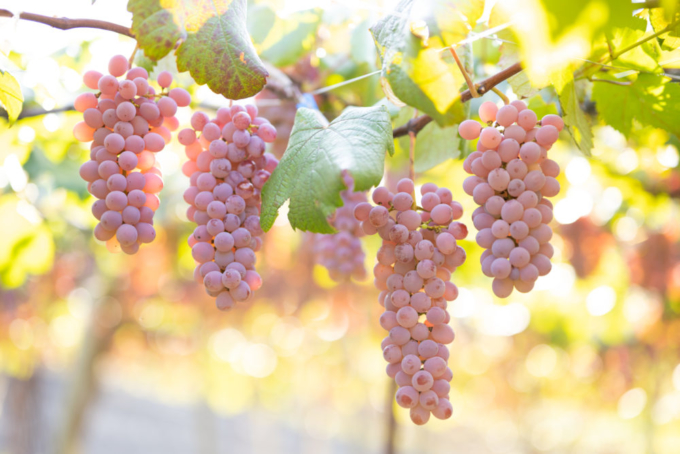
In Yamanashi, where there are approximately 90 wineries, wine is made in a variety of locations from basins to areas over 800 meters above sea level, allowing visitors to truly enjoy the climate and individuality of each region.
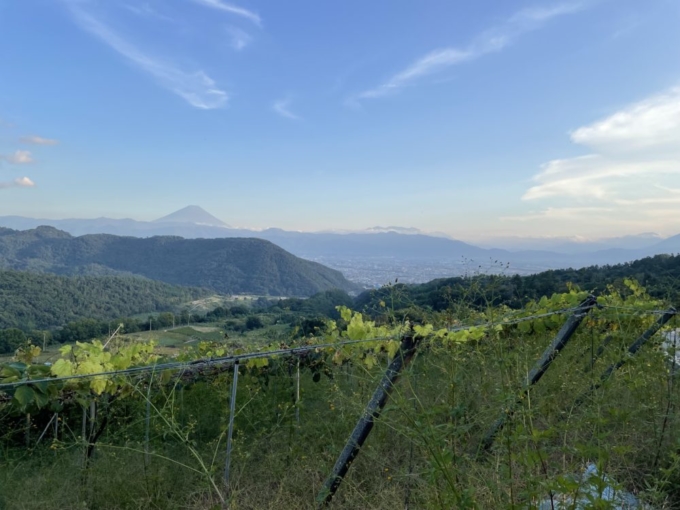
Some wineries are located in areas with spectacular views of Mt. Fuji
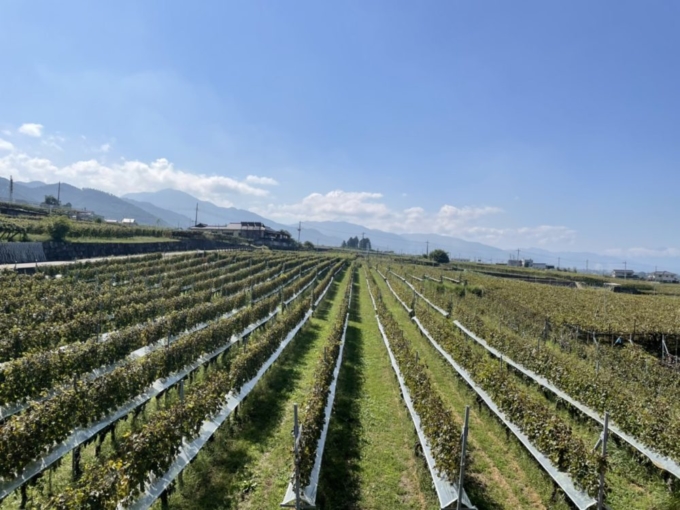
Wine grape vineyards spreading all over the area
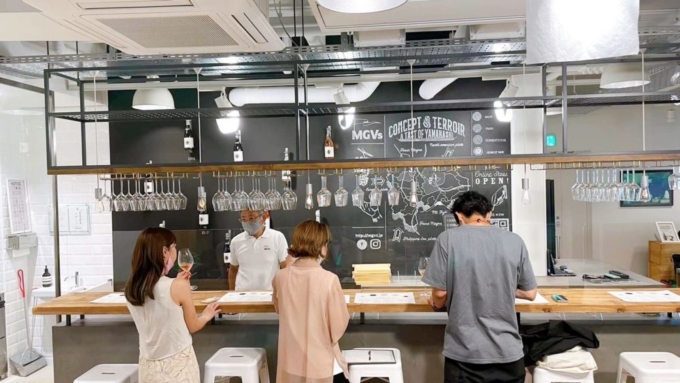
SUNNY SIDE UP’s “Wine Prefecture Yamanashi” team members also visited Yamanashi and learned a lot!
The best part of “Yamanashi Nouveau” is to celebrate the harvest by tasting the “freshly made wine of the year,” which is characterized by its fresh and fruity aroma of the fruits.
I know Beaujolais Nouveau is great, but how about tasting “Yamanashi Nouveau” this year to enjoy the harvest season?
